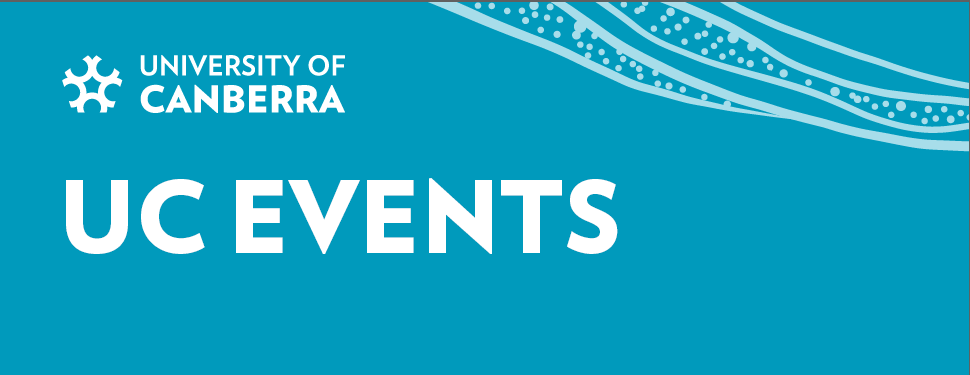

Dates and Times
Event for
Location
Organiser
Speakers
Enquiry
2022 Ngunnawal Lecture with Adjunct Professor Margo Ngawa Neale
Join us for the annual Ngunnawal Lecture, a free public event for Canberra and the UC Community. The Ngunnawal Lecture Series is about giving voice to Aboriginal and Torres Strait Islander views on the many topics that shape their communities and Australia as a whole.
The 2022 lecture will be presented by Adjunct Professor Margo Ngawa Neale with refreshments to follow.
Spaces are limited. Registrations required by 15th July.
Additional Information
Adjunct Professor Margo Ngawa Neale
Margo is Head of the Centre for Indigenous Knowledges, Senior Indigenous Curator & Executive Advisor to the Director at the National Museum of Australia. Margo has curated and published widely with major critically acclaimed landmark exhibitions in Australia, Europe, Asia, and the UK. She is currently developing a 10-volume series on First knowledges with Thames and Hudson and previously co-edited the Oxford Companion to Aboriginal At and Culture. Her approach is multidisciplinary and her mission is to revoice the museum. Margo is of Aboriginal and Irish descent, from the Kulin nation with Gumbayngirr and Wiradjuri clan affiliations.
2022 Ngunnawal Lecture Topic
Songlines: Alive with the Dreaming!
The exhibition Songlines: Tracking the Seven Sisters is a communication portal to our integrated knowledge system. It is not an art exhibition, a history exhibition, or a science exhibition. It is all of these and more. It is both an Indigenous experience and a universal story of humankind. It offers us connectivity to each other and our planet in a fragmenting world. As a pioneering model of community ownership, it reveals agency and co-authorship in practice. What does this journey exhibition experience tell us about how we hold memory , about Country and what we can learn from history about living today and their relevance to survival in the 21st century for both people and the planet. Songlines are as enduring as the Orion and Pleiades in sky country; and as global as the international transit of this exhibition on it international tour. So, what are songlines, how do they operate and what can they tell us?


